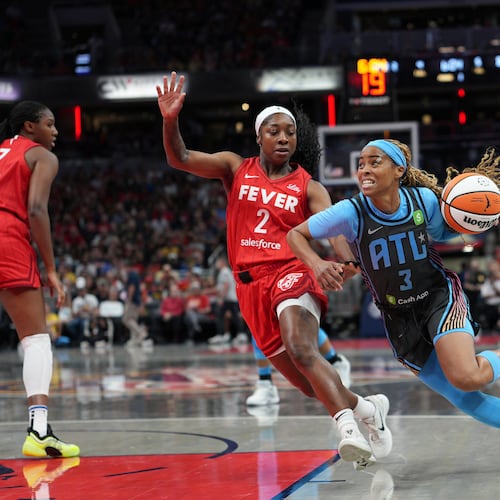Back in the early 2000s, when rehabbing Cubs starters Kerry Wood and Mark Prior were throwing simulated games at HoHoKam Stadium on the mornings before Cactus League games, the Chicago media were on hand to chronicle every delivery _ real or towel-aided.
The coverage was overkill, of course. But it was spring training, and because Wood and Prior were considered keys to the Cubs' chances of finally winning it all, every simulated outing made headlines back home.
Pitching coach Larry Rothschild quickly wearied of saturation coverage of what basically were controlled batting-practice sessions, and he was especially irked at repeated references to the towel drill, which they performed before the fake games.
Likewise, Wood and Prior grew tired of answering questions about their progress. They did it so often, Prior joked during 2005 spring training the two were candidates for the Simulated Hall of Fame.
Who knew they were simply ahead of their time?
Simulated games were the norm for several pitchers early this spring in Arizona and Florida, as more teams opted for controlled sessions to stretch out pitchers and work on different things. David Price, Felix Hernandez, Chris Sale, Jake Arrieta, Sonny Gray, Phil Hughes and Scott Kazmir were among those who went the simulated route at some point. Sale and Kazmir even faced one another in a simulated matchup for the ages.
Spring training will never change because it's big business for some teams, including the Cubs, who are averaging more than 15,000 fans per game at Sloan Park. But the actual Cactus League and Grapefruit League games are becoming more irrelevant for the "training" part of spring training.
Simulated training has become the new wave.
Controlling the atmosphere makes perfect sense from the teams' perspective, even though most paying customers would rather watch Sale pitch in an exhibition game instead of Erik Johnson, or Arrieta instead of Clayton Richard. The goal of preparing pitchers for the season is more important than appeasing vacationers.
"I like to believe the sophisticated fan understands that," Cubs manager Joe Maddon said. "If you understand what's going on, you can cope with it a lot better."
Coping is easy in 85-degree weather, so no one is complaining.
But if the games aren't that important for preparation, why not reduce the monthlong slate and cut down spring training by a couple of weeks? You could start the season a week earlier, have a few more days off and everyone would still be ready for Opening Day.
Maddon argued recently the current spring training period of six to seven weeks is "perfect," and Cubs catcher David Ross concurred when asked by the Tribune's Mark Gonzales this week.
"You're trying to get on the same page with everybody," Ross said. "The season has so many twists and turns in it. This is the time everyone wants to say spring training is too long. There are points where you're thinking, 'This is dragging.'
"But for pitchers and catchers, it's the most important time because we get to go through some things together and grow together. Each year is unique."
Maybe, but since they've never tried it any other way, who knows if five weeks would suffice? Perhaps a couple of simulated games and three spring starts would be enough for pitchers and catchers to get on the same page, and for hitters to perfect their timing.
Everyone's ready by the final days of March and eager to begin the season.
That's something you can't simulate.
About the Author
Keep Reading
The Latest
Featured


